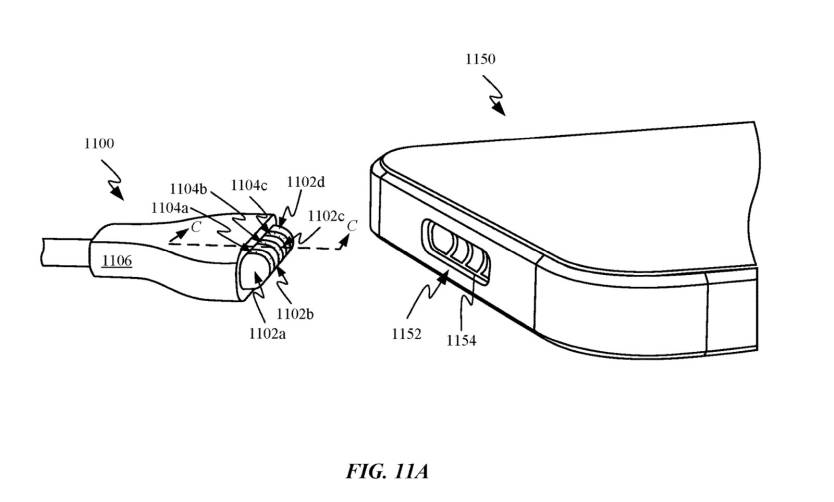Various rumors claimed last year that Apple is already developing a portless iPhone. This handset would not feature a Lightning port for battery charging and data transfer, which is what Lightning does on all iPhones and most iPads. Known for his accurate Apple predictions, analyst Ming-Chi Kuo made similar remarks in a recent note to customers. He said that Apple wouldn’t replace Lightning with USB-C anytime soon. Instead, the company would launch a portless design than switching to USB-C.
The Lightning connector has various purposes, so removing it is easier said than done. Wired charging requires a Lightning port, but Apple can replace it with wireless and the faster MagSafe-powered wireless charging available on iPhone 12. Lightning also handles wired headphones, but Apple already sells various types of wireless earphones. Finally, Lightning is used for fast data transfer between iPhone and computers, including backups, software updates, and restores. Most of these processes can be done wirelessly, but not all of them. Some reports said that Apple is working on new technology for using a wireless connection to handle these data needs.
A new finding indicates that the journey to a portless phone will make an unexpected but exciting stop. Apple is studying MagSafe wired charging for iPhone.
One of the MacBook’s signature features was the magnetic charger that prevented accidents that could lead to severe laptop damage. Apple removed the MagSafe port from MacBooks a few years ago. But MagSafe charging is coming back this year, according to several reports.
According to a new patent that was just awarded to Apple, iPhones and iPads of the future might also feature magnetic chargers of their own. Filed in mid-April 2018, US patent number 10,937,147 describes the technology needed to make magnetic chargers. While there’s no guarantee Apple will use the innovations in this patent for the iPhone, iPad, or Mac, the documentation includes imagery that suggests the new magnetic chargers could be used on mobile devices.

iPhone-like devices are shown in some of these images, although the technology could be applied to other electronics devices — from the patent.
In an effort to progressively improve the functionality of a portable electronic device, new ways of configuring an accessory device are desirable. A variety of accessory devices are available that can augment the functionality of host electronic devices such as tablet computers, smart phones, laptop computers, etc. These accessory devices often include electronic circuitry and one or more embedded batteries that power the electronic circuitry. In many such devices the batteries can be charged by connecting an appropriate cable to a charging port. Such ports and the contacts positioned therein can be susceptible to damage, etc. Consequently, an accessory device with more robust and/or protected charging contacts is desirable.
What’s also interesting about this MagSafe charger tech is that it would power both power and data transmission. This is another implication that such a MagSafe charger would work with an iPhone or iPad.
The images that Apple uses also seem to indicate that the MagSafe port wouldn’t be as deep as the Lightning connector. This would not only free more internal space but also help with waterproofing. Like Lightning and USB-C, the connector would be reversible.
It’s also easy to assume that such MagSafe wired charging tech might be deployed uniformly across Apple’s devices, given Apple’s environment protection programs. In such a case, the same charging brick and MagSafe cable could be used with iPhone, iPad, and Mac. That’s just speculation, however, as there’s no proof Apple will use this particular MagSafe charging tech in future devices. Also, it’s unclear how the MagSafe port of this year’s MacBooks will look like.

Accessory makers have designed MagSafe-like chargers for iPhone, iPad, and MacBooks that do not have MagSafe ports. These are regular Lightning or USB-C cables that have magnets at the end that go inside a Lightning or USB-C port. Specifically, the Lightning or USB-C connector is placed inside the appropriate port and stays there, protruding outwards. The magnetic cable can then be attached to that protrusion during charging. It’s an ugly compromise, but you can find such magnetic charging cables in stores right now.








